Entering prematurely in contact with a phlebologist with the developed varicose veins is the main reason why it is too late to influence the disease with ointment or gel.The doctor needs to prescribe more effective treatment, including the operation in leg varicose veins is more effective.We must not forget that even the operational removal of a vessel affected by the disease does not guarantee a complete cure - the disease can spread to healthy tissues.
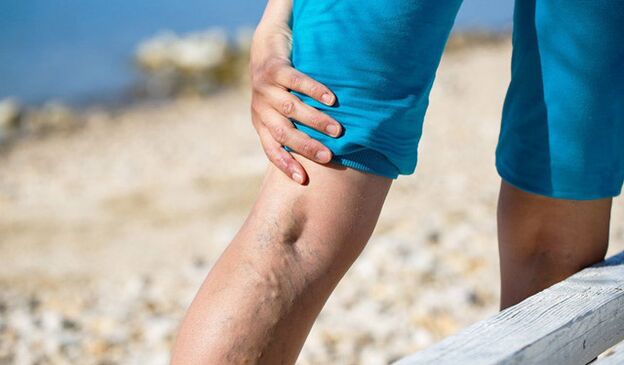
The expansion of varicose veins, or varicose veins, is a disease that is characterized by valve weakness in veins and vascular wall dysfunction as well as blood stagnation in the veins of the lower extremities.This pathology is full not only with a violation of trophicism, or fabric nutrition, a result from which can be difficult and formed trophic long -term healing ulcers, but are also dangerous in this stagnant blood and blood lines that can be transported by blood flow throughout the body.In addition, in the case of the formation of thrombotic impositions within the vascular wall (phlebotricosis), it is possible to infection for the development of formidable diseases - thrombophlebitis.
Varicious disease surgery
Operation for varicose veins from the lower ends is radical and consists of removing subcutaneous veins from the lower extremities (phlebectomy) or sclerosis of the deep veins of the leg and hip.
Traditionally, flexes (cruise) is performed according to the Bebcock method and consists of introducing the probe into the vein lumen with the subsequent section of the vein completely over its length by cutting the skin outside.The incision is sutured at the end of the operation with a cosmetic sewing.
The mini-phlebectomy is used to remove very short sections from the vein during operation, veins are not used.Skin cuts are not performed and a piece of vein is removed through a thin skin puncture that does not require imposing seams.
With a small area of damage to varicose veins, it is possible to perform a smoother technique - removal.This is extending with a thin hook of only one varicose node.The experience is performed through two skin cuts with its subsequent suture.A variety of this technique is crystaging - "sinking" from the vein to the Criosanda using low temperatures, the destructive node is also stretched.
Vienna Sclerosion is the introduction of a sclerosis in her lumen - a substance that “glues” the walls of the vein with each other, but the vein remains deep under the skin, not performing its functions.Blood flow through the vein stops and passes through collateral vessels, without violating the venous blood exit from the lower limb.Vienna sclerosis is performed under the control of ultrasound.
Endovascular laser coagulation of varicose veins is the latest method in phlegology and consists of introducing a thin probe into the laser radiation vein lumen, which exerts a precautionary effect on the vein walls.
The vein radio frequency exposure method also refers to a more modern varicose vein treatment, but not all medical institutions are equipped with appropriate equipment.The technique consists of the "cauterizing" effect on the vascular wall of the high frequency radio waves.
Indications for vein removal
Not all patients are shown in surgery, but in some cases it is still impossible to be without it, as it is better to remove the source of potential inflammation and blood clots than to expect complications.States that require surgical intervention include the following:
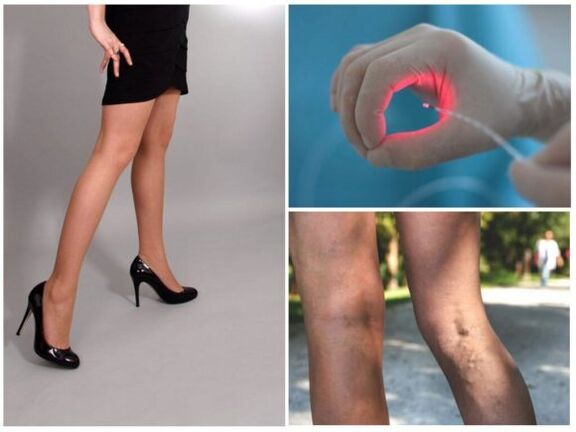
- The risk of occurrence or thrombophlebitis already emerged,
- Frequent exacerbations of thrombophlebitis,
- Vast damage to subcutaneous veins,
- Severe symptoms of varicose veins - a constant sensation of gravity and pain in the legs,
- Trophic ulcers not healing,
- Nutrition (trophic) disorders of lower ends tissues - changes in color and cooling of the legs and feet.
Against -Idictions for the operation
The realization of a minimum vascular intervention is against -Indicated in the following cases:
- Pregnancy 11 and 111 quarter,
- Acute infectious diseases,
- Exacerbations of chronic diseases (bronchial asthma, diabetes mellitus, stomach ulcer, etc.),
- Acute blow,
- Acute myocardial infarction,
- High inflammation of the lower ends.
In any case, all indications and against -indications are determined by a phlebologist or surgeon in the patient's complete examination process.
Which method to choose?
The use of a specific treatment method is evaluated only by a doctor, based on the degree of process propagation.
Obviously, with small nodes, less invasive methods are preferable, such as mini-fillebectomy, short laser pytic and sclerosis, due to the fact that they are less traumatic and practically do not require a rehab period.At the same time, with a large length of varicose veins, the preference is given to traditional flexibility, which not only requires spine anesthesia, but it is also a very traumatic operation, leaving an aesthetic defect in the form of post -operative corners on the legs.
In this sense, you should not postpone a visit to the doctor in the existing initial phase of varicose veins, and even more so, need not abandon a less traumatic operation if the doctor saw the need for this after the exam.
When is it better to do the operation?
The decision on the need for surgical treatment is made only after consulting a phlebologist or vascular surgeon.However, at an early stage, when the patient is concerned only with aesthetic discomfort in the form of varicose veins, as well as a slight swelling of the feet at the end of the day, you can try to interrupt the progression of the process using compression marijuana and venotonic medications.
In the event that there is pain in the limbs, as well as the risk of complications, it is not recommended to delay the operation.
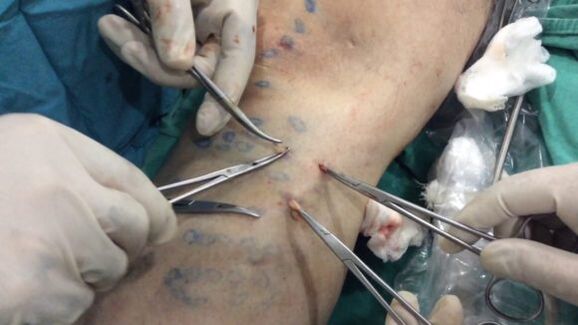
Preparation for the operation
Before planning an operation to remove the veins, the patient should perform several necessary tests.This includes a consultation by a surgeon or phlebologist, as well as an ultrasound of the veins of the lower extremities.In the event that the patient is shown by vein removal, he is examined at the outpatient stage, in particular, general blood and biochemical tests, blood tests for coagulation (inc, acts, etc.), the ECG and the radiography of the chest organs should be performed.
On the day prescribed by a doctor, the patient should reach a medical institution that practices phlebectomy.You can independently shake your hair at the bottom of the leg, thigh and inguinal zone on the side of the affected limb.The day before, you should be limited to a slight dinner, in operation, you need to arrive with an empty stomach.The patient should alert the operating doctor and an anesthetist on drug intolerance previously used.
How the operation is carried out
After the patient arrives at the clinic and the initial inspection by the surgeon and operational anesthetist, the issue of anesthesia is resolved.In the case of conventional flexibility, spinal anesthesia is used, with mini-operations, local anesthesia is used to suffocate the skin with novocaine or lidocaine solutions.
After anesthesia occurring, the surgeon establishes the location of the vein using ultrasonic dopplaography (UZDG).Then, through the skin incision, the probe is introduced and the main stage of the operation is introduced to intersection and the healing of vein areas during flexibility, stretching the vein with mini-phlebectomy (only through perforations, not through incision) or laser exposure on the vesel walls.The main stage takes half an hour to two to three hours, depending on the volume of the operation.
After the main stage, the cuts are sutured on the skin, a urgent aseptic dressing is applied to the wound and the patient is escorted to the ward, where he will be under observation for several hours by one day.In the ward, the patient puts compression linen, which is not removed for three days.
One day later, the patient goes home.If the surgeon prescribes dressings, the patient visits them daily or every two days.The seams are removed seven days after the operation and, two months later, the lower ends UPS is performed.
When is the operation not allowed?
Although the operation to remove the veins with varicose veins give good predictions and be performed by effective methods, there are still several factors, whose presence is a against -Indication to surgical intervention:
Varicose veinage removal
- Deep vein thrombosis from the lower ends.
- When inflammatory processes appear in the legs, including erysipelas and eczema.
- Heart disease and infectious diseases.
- 2nd and 3rd trimester of pregnancy.
- Age without prolce.
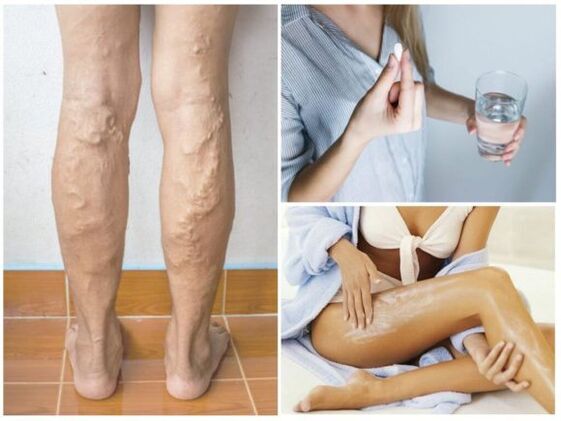
Are complications possible after surgery?
The operations technique, perfectly improved for decades, allows you to minimize the risk of post -operative complications.However, in extremely rare cases (less than 1%), the development of adverse consequences such as:
- Post -operative bruises on the skin - resolved for a few months,
- Post -operative silks under the skin along the bed of a remote vein also disappear a month or two after surgery,
- Mechanical damage to lymphatic vessels that lead to lympostase (lymph stagnation) are treated conservatively, but after a few months the lymph begins to circulate according to anastomosis, and limb lympotot is performed properly.
- Damage to subcutaneous nerves, manifested by transient disorders of skin sensitivity - level independently for several months.
Complications and consequences of surgical treatment
No matter how talented a surgeon is, varicose veins after surgery sometimes sit back in the form of complications.No one can assume this or that the body will behave.After surgical intervention in the removal of varicose veins 2 and 3, there may be consequences that do not require treatment - bruises and bruises, this is a normal reaction of the body to damage to tissues.If the patient follows the recommendations, everything will pass very quickly.Among other consequences, it can be observed:
- abundant bleeding;
- a decrease in limb sensitivity (manifests with damage to subcutaneous nerves);
- suppression when entering the infection;
- Numbness, etc.
As for pain, they can be observed exclusively with flexibility, the other two treatment methods are almost painless.If there are later unpleasant sensations, they easily interrupt painkillers.
The consequences can be serious;Among the most dangerous, thromboembolism is distinguished.This is an acute clog of a blood vessel with a thrombus that separated from the location site and circulates along with the bloodstream.If the patient is assisted in a timely manner, he may become a disabled person and even die.
Forecast and lifestyle after surgery
After the operation, for several days, it is possible painful pain in the operated limb and insignificant edema.To stop the unpleasant symptoms, the doctor receives non -esteroid medications - ketorol, nise etc.Immediately after operation, the patient should start wearing compression underwear and perform physical therapy exercises prescribed by the doctor.
On the second day after the operation, the patient can walk a little.After a week or two, the slow walk should be guaranteed for a few hours a day.
Provisions like ::
- Rejection of bad habits,
- Proper nutrition, except for fat and harmful products,
- Compliance with the work and rest regime,
- Exclusion during working hours of only one sedentary position or standing only - a change in the position of the limbs in the process is required.
In conclusion, I would like to note that judging by revisions, operations to remove veins are sufficiently favorable, and serious complications are hardly appeared.In addition, the risk of threatening complications of the life of varicose veins (thromboembolism, for example) decreases sharply after removing an expanded vein.Currently, a limb amputation due to severe inflammation and even gangrene due to thrombophlebitis (especially against the bottom of diabetes) is not rare, so it is better to contact the surgeon at an early stage and not refuse to remove the veins if necessary.Thus, you will remain not only healthy members, but also the health of the whole body as a whole.
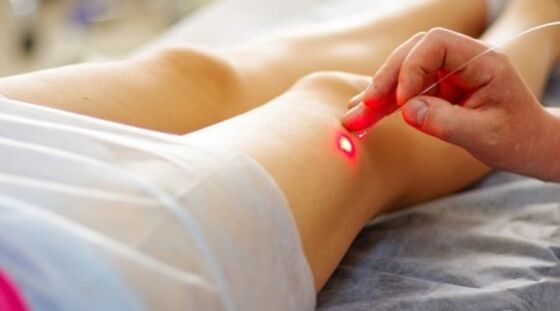
Preventive measures
With adverse heredity, when diagnosed relatives with varicose veins or one person risks other reasons, it is important to take prevention measures:
Varicose veins
- Regularly take vitamin C, which strengthens the walls of blood vessels and improves the characteristics of blood composition;
- Use medications, your intake should be agreed with a doctor;
- Use compression linen;
- Physical education is important, swimming, walking, riding a bicycle, assembling the blood flow well.
Prevention also implies a transition to a healthy lifestyle - you need to review the diet and abandon bad habits.


















